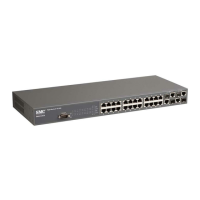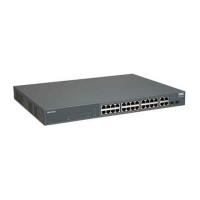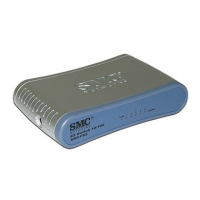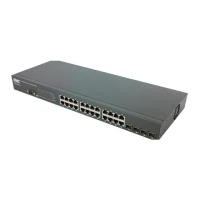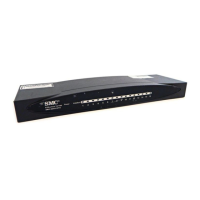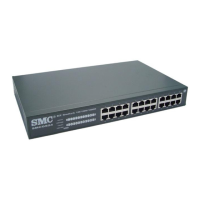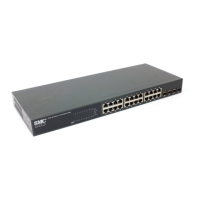B
ASIC
IP C
ONFIGURATION
36-37
Command Usage
• Ping sends an echo request to the specified address, and waits for a
reply. Ping output can help determine path reliability, path delays, and
if the host is reachable or functioning.
• If the system cannot map an address for a host name, it returns the
message “Can not get address information for host,” or “protocol not
running.”
• To terminate a ping session, type the escape sequence Ctrl-X.
• Using a timeout of zero seconds generates a flood ping, resulting in
replies that are received only from immediately adjacent routers
(depending on the utilization on the both the target and intermediate
devices), the distance to the remote device, and other factors.
• Not all protocols require hosts to support pings. For some protocols,
only another switch or router of the same type may respond to ping
requests.
•Use the IPv4 ping command (page 36-9) for addresses that resolve to
IPv4.
Example
Related Commands
ping (36-9)
Console# ping ipv6 2001:0DB8::3/64 repeat 5
Which outside interface [1]:1
Type ESC to abort.
Sending 5, [100]-byte ICMP Echos to 2009:DB9:2229::80, timeout is 2
seconds.
!!!!!
Success rate is 100 percent
round-trip min/max/avg = 10/30/14.000000 ms
Console#
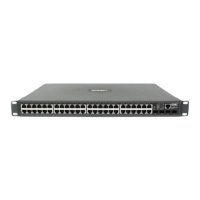
